Dr. Matthew Silk and PhD student Nitara Wijayatilake, both researchers at the University of Edinburgh, collaborated with Dr. Amber Griffiths and Dave Griffiths from Then Try This to create Nergal, a game designed to explore how individuals navigate infection risk and social interactions.
How did the idea for a game come about?
Matt: It took a while to go from idea to reality! I knew Amber and Dave from Then Try This as we lived in the same small town in Cornwall (UK), and Amber and I were briefly colleagues at the university there. We first started talking about the idea in 2018 when I was beginning to apply for grants to pursue my own independent research. Even then, before the Covid pandemic raised the stakes, I was passionate about providing diverse opportunities for people to learn about social networks and infectious disease spread. Aside from my own research in behavioural and disease ecology, I’d also been getting increasingly interested in how digital and visual media could influence scientific and educational messages. You can see a couple of examples of this here, and here.
By talking with Then Try This, I realised the real power was in developing two-way engagement, where as well as developing a game that was educational, we could use it to inform my research too. We realised there was a really exciting opportunity here – it is very hard to collect data on how people or other animals change their behaviour in response to disease threats, and previous models often assumed homogeneous and rational behavioural responses (two things that seemed highly unrealistic for the real world!). So we had an idea of what we’d do but needed funding. It took a while (and a few attempts) but in 2022 I was awarded a fellowship from the Royal Society to support my research, including the game! In summer 2023 I moved to the University of Edinburgh to start my new position.
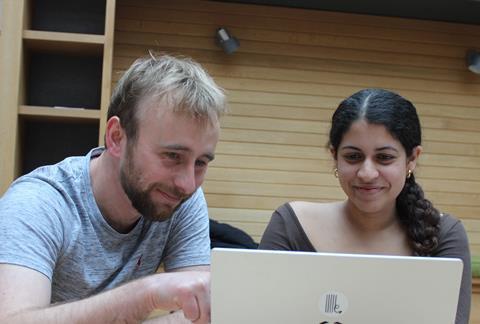
What was it like working on the game?
Nitara: We started off by visiting Then Try This studio, based in Falmouth, Cornwall. Matt and I had scientific questions and an enthusiasm for public engagement opportunities, but no idea how to turn them into a game. Amber and Dave took the lead on making sure the game was engaging and fun, creating hand-drawn artwork and personally recording sound effects for all the characters you see.
The main goal of Nergal is to get players thinking about the costs and benefits of their social interactions. We wanted to convey that while hanging out with friends can offer perks (earning points or getting snacks in the game), it also carries the risk of catching an illness – in the game, your friends can start sneezing on you! By setting up this scenario, we could see how people manage this trade-off, exploring if people have different levels of risk tolerance, and how that might affect their decisions during the game.
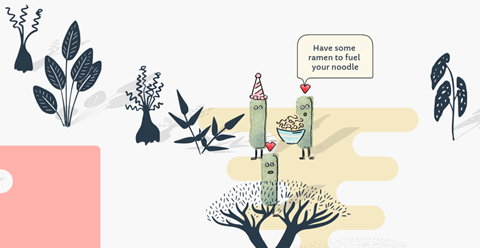
The social structure of the game is based on real animal social networks, so you never know how you’ll start out – maybe you’ll spawn with a lively group or find yourself exploring solo. By the time you wrap up, you’ll discover whether your network resembled that of badgers, elephants, or dolphins. By varying the structure of the networks we can test how each individual’s decisions are shaped by their social context.
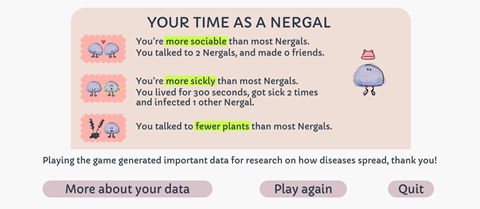
Matt: As the project evolved, we introduced two modes: day and night. With support from the EU’s IMPETUS funding, we created the night mode to improve accessibility; it’s primarily sound-based and uses high contrast, making it accessible for those with limited or no vision, unlike many similar games for public engagement or citizen science. Including vulnerable groups felt like it could really contribute to our research, and was crucial from the perspective of sharing our educational message with the world in an equitable way. The in-person workshops with participants from iSight Cornwall were incredibly rewarding!
Nitara: As for the name, Nergal is inspired by the Mesopotamian god of disease, a nod to the game’s focus on infection risk.
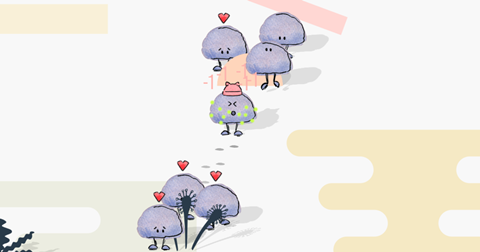
How can alternative forms of communication help spread complex messages?
Nitara: Games have been gaining traction in citizen science because they engage the public in entertaining, interactive ways. Rather than simply reading about trade-offs between getting sick and socialising, Nergal pulls you into those dilemmas firsthand. Should you linger with your friends, or steer clear to dodge their sneezes? By making these choices in real-time, players see how illness can spread and how social bonds can both reward and risk. This interactive approach will hopefully help to transform complicated ideas into something more relatable. By balancing fun, accessibility, and science, the game aims to demonstrate how playful experiences can shed light on complex messages in a meaningful, memorable way. Players also really enjoy the fact they are contributing to scientific research, so the two-way engagement between research and outreach is a key aspect!
Matt: Based on our experience, we’d encourage people to give using similar tools in their research a go! It’s been a lot of fun and we’re excited to develop new research projects that build on Nergal!
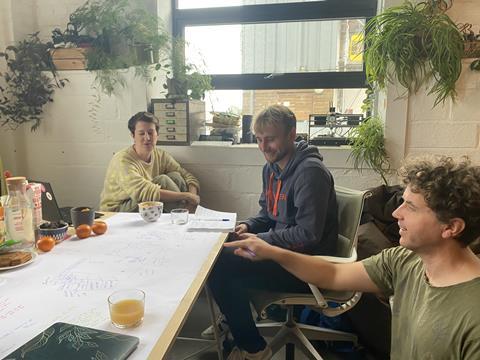
Further reading
The untapped potential of virtual game worlds to shed light on real-world epidemics (Lofgren & Fefferman)
Multiplayer videogames to analyze behavior during ecological interactions
Virtual Epidemics as Learning Laboratories in Virtual Worlds (Kafai & Fefferman)
The educational value of virtual ecologies in Red Dead Redemption 2
Follow the Author’s work
Matt: @mattjsilk.bsky.social (bluesky)
Nitara: @nitaraw.bsky.social (bluesky), linkedin.com/in/nitara-wijayatilake/ (LinkedIn)
Then Try This: @thentrythis.social.thentrythis.org.ap.brid.gy (bluesky), https://social.thentrythis.org/@thentrythis (mastodon), then_try_this (instagram)
Funding
Matt & Nitara: Royal Society University Research Fellowship URF\R1\221800
IMPETUS is also supporting our project. IMPETUS is funded by the European Union’s Horizon Europe research and innovation programme under grant agreement number 101058677. Views and opinions expressed are, however, those of the author(s) only and do not necessarily reflect those of the European Union or the European Research Executive Agency (REA). Neither the European Union nor the granting authority can be held responsible for them.
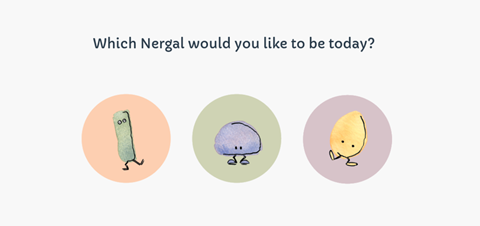

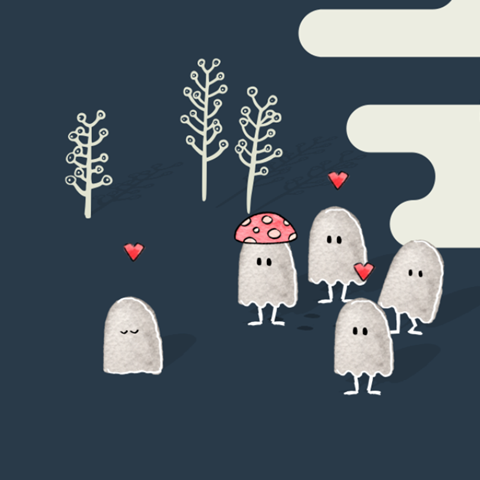






No comments yet